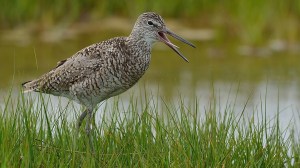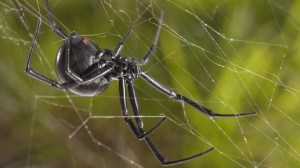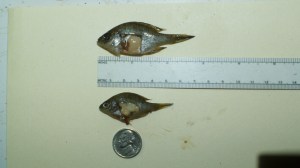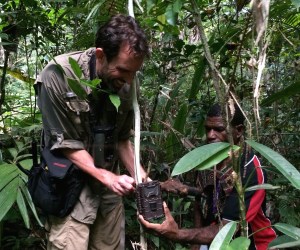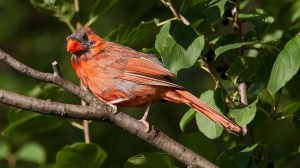Discover stories in Biodiversity
Can Helicopter-deployed Toad Sausages Save Australia’s Northern Quoll?
Australian scientists are teaching endangered northern quolls to avoid deadly cane toads by feeding them toad sausages laced with nausea-inducing chemicals. Yes, really.
Beyond Birding by Ear: Understanding Bird Alarm Calls
Birders know the value of recognizing bird calls. Now it’s time to add another dimension: understanding bird alarm calls. Ornithologist Joe Smith explains the complex and fascinating ways that birds cry “Danger!”
Restoring the Reef on Lake Michigan Benefits Native Fish
Reef restoration calls to mind corals and colorful fish. But Lake Michigan has reefs too — and they're also vitally important to native fish. A new effort is looking to bring them back.
The Ten Creepiest Spiders of North America
Spider, spider on the wall, who's the creepiest of them all? Scientists share their picks for the best spiders on the continent -- the most aggressive, the rarest, the most venomous, even the prettiest. Yes, the prettiest.
Migratory Songbirds Transport New Ticks & Pathogens Across the Gulf
New research reveals that neotropical songbirds are transporting an estimated 19 million ticks and tick-borne pathogens to the United States each year.
Why Everything You Know About Bluegill Management is Wrong
Every angler knows that if you don’t remove enough bluegills from a pond, they’ll overpopulate and become stunted. But new research says that idea is usually wrong, and the opposite may be true.
Big Battles, Big Gonads: The Crazy World of the Bluegill Spawn
The common bluegill is easy to take for granted. But come spawning season, a bluegill colony is one of the wildest scenes in nature: part barroom brawl, part cheesy ‘80s romantic comedy.
Recovery: Alewives, the Little Fish with a Big Role
Conservationists are prone to referring to alewives in the past tense, the fish long considered a victim of dams. But they’re back. Ted Williams has the story.
Kumuls on Camera: Photographing Birds-of-Paradise in Papua New Guinea
Two birders set out to capture camera trap footage of a bird-of-paradise. The anticipation nearly kills them both.
Extreme Birding: Entering Un-Birded Territory in Papua New Guinea
The Papua New Guinea rainforest isn’t your grandpa’s birding. Science writer Justine Hausheer enumerates the trials, travails, and thrills of birding in un-birded territory.
Angry Birds: Why Molting Makes Our Feathered Friends Grumpy
For birds, “bad feather days” – what we call molting – are a part of life. And those days can make birds downright grumpy.
Scientists (Re)Re-discover the Australian Night Parrot. Now What?
Now that scientists have confirmed that Night Parrots do indeed still roam the spinifex-covered Australian outback, where does that leave conservationists?

